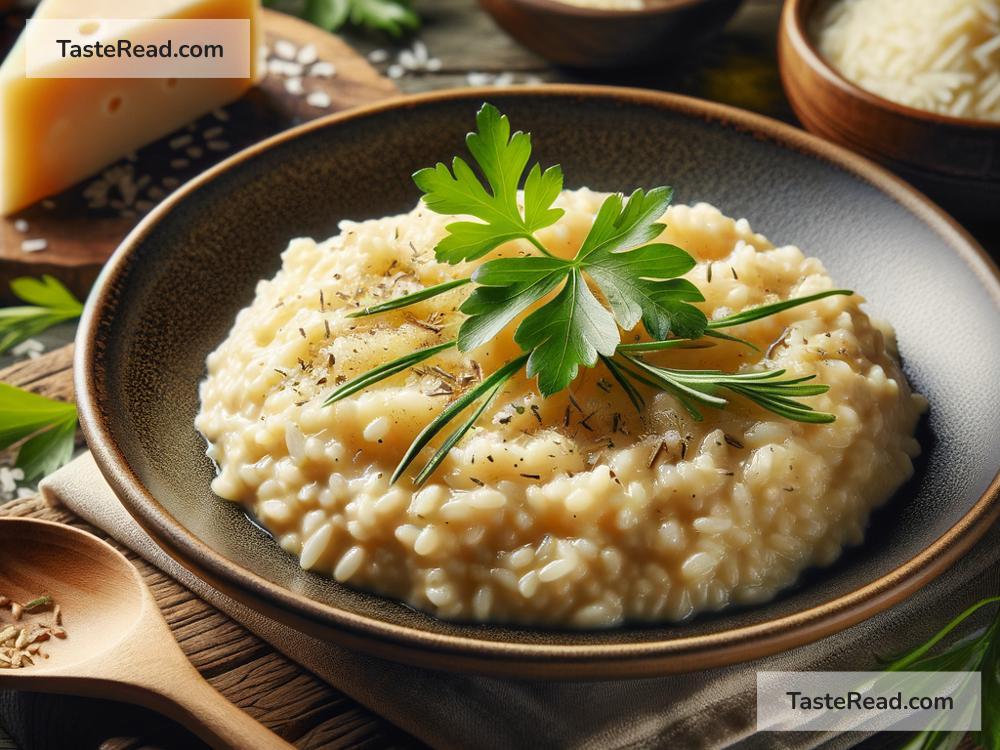Unveiling the Techniques of Italian Risotto Making
Love Italian food? If yes, risotto is likely on your list of favorite dishes. This creamy, comforting rice dish hails from Italy, showing off the magic that simple ingredients, when combined correctly, can create. Today, let’s unearth the secrets behind making a fantastic risotto, as passed down from generations of Italian cooks.
The Essence of Risotto
Risotto isn’t just another rice dish; it’s an art form. Originating from Northern Italy, specifically regions like Lombardy, Piedmont, and Veneto, risotto reflects the geography and history of its birthplace. Surrounded by lush rice fields, these regions set the perfect stage for risotto to become a staple. The dish is versatile, cozy, and, most importantly, steeped in tradition. Whether it’s a plain risotto served as a primo (first course) or a lavish one with truffles for a special occasion, the heart of risotto-making remains the same.
The Rice
The journey starts with picking the right kind of rice. The stars of the show are short-grain varieties like Arborio, Carnaroli, and Vialone Nano, known for their high starch content. This starch is key to risotto’s signature creamy texture, as it’s slowly released during cooking to bind everything into a velvety affair.
The Broth
Next up is the broth, the silent hero that infuses the rice with flavor. It can be vegetable, chicken, fish, or beef stock, depending on the risotto you’re making. Keeping the broth warm on the side as you cook is vital. It ensures that the gradual addition of the liquid doesn’t halt the cooking process of the rice, which brings us to the heart of risotto making – the technique.
The Technique
The magic in risotto-making lies in patience and constant attention. Here’s a step-by-step breakdown:
-
Soffritto: Start by sautéing finely chopped onions (or sometimes leeks, shallots, or garlic) in butter or olive oil until they’re soft but not browned. This flavor base is called soffritto, and it’s crucial for adding depth to the dish.
-
Toasting the Rice: Add the rice to the soffritto, stirring constantly. This step, known as “tostatura,” lightly toasts the rice without coloring it, ensuring each grain is coated in fat. This helps in releasing the starch and prevents the grains from sticking together.
-
The Wine: A splash of white wine is next. It’s added and cooked off until the alcohol evaporates, leaving behind a tangy acidity that balances the richness of the risotto. Let the wine absorb completely before moving on.
-
The Broth: Now, begin adding the warm broth, one ladle at a time, stirring constantly. Once each addition is almost fully absorbed by the rice, add the next. This slow, attentive process, taking about 18-20 minutes, allows the rice to cook evenly and release its starch, creating that creamy consistency without the need for cream.
-
The Mantecatura: Finally, finish off with a step called “mantecatura” – a vigorous stirring in of cold butter cubes and grated Parmesan cheese. This step emulsifies the dish, making it rich and glossy. Adjust the seasoning with salt and pepper, and your risotto is ready to serve immediately.
The Variations
Risotto is a canvas waiting for your creativity. Whether stirred in with seasonal vegetables, saffron (like the famous Risotto alla Milanese), mushrooms, seafood, or meats, the possibilities are endless. Each ingredient adds its layer of flavor, color, and texture, giving birth to new versions of the classic risotto.
Conclusion
Risotto, with its creamy, comforting nature, is a testament to the beauty of Italian cooking – where simple ingredients, when treated with respect and patience, create something magical. The process may seem intimidating at first, but the key to mastering risotto lies in understanding the basic steps and loving the process. Like any great Italian cook will tell you, making risotto is not just about feeding the body but also about soothing the soul. So the next time you’re craving something deliciously comforting, why not give risotto-making a try? With these techniques in your culinary arsenal, you’re well on your way to dishing out a masterpiece that would make any Italian nonna proud. Buon appetito!


